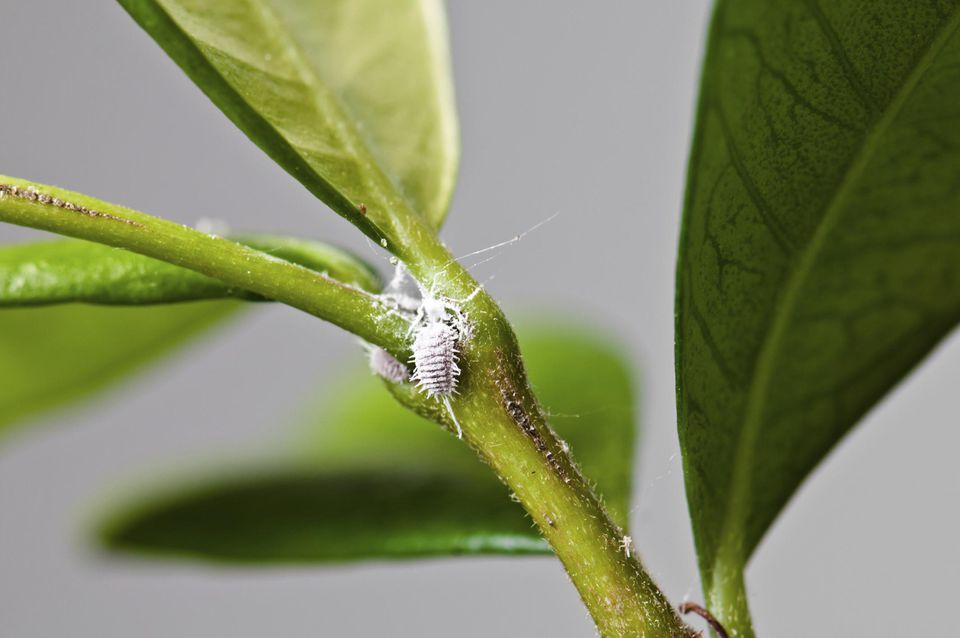Unless you live in a pristine lab environment, chances are you will come across some type of insect or wildlife on your property at some point. The good news is that it is perfectly normal to see occasional bugs, mice, or squirrels around your home or in your yard. However, when these uninvited guests start to multiply and cause damage, that is typically a sign of an infestation that requires attention. Here is how you can determine if you should live and let live or call in the Wake Forest pest control professionals.
Wildlife vs. Pests

source: safeguardpestcontrol
To be fair, many insects, rodents, and other creatures are simply trying to coexist in the natural habitat that we humans have encroached upon. As development continues to spread, wildlife is forced to adapt and seek new places to find food, water, and shelter. While some wildlife, such as butterflies and birds, are harmless (and possibly even welcome,) other intruders like cockroaches and rats may be considered pests. The difference typically comes down to the amount of damage, disruption, or safety risks that these creatures can cause.
Signs of an Infestation
If you frequently spot insects, rodents, or other creatures around your home, the chances are you have a pest problem brewing. But, if you are unsure whether you have a serious issue or just an occasional visitor, look for these common signs:

source: The Spruce
- Droppings: An obvious sign of a pest problem is the presence of droppings. Rodents leave small, pellet-like droppings, whereas cockroaches leave coffee-ground-like feces, and bats and birds leave white, chalky droppings. Aside from being unsightly, these waste products can be dangerous as they may carry diseases.
- Odors: Unusual, musty, or foul odors can be a sign of a pest infestation as well. Rodent infestations often produce a strong ammonia-like smell as the rats or mice leave urine trails or puddles. Meanwhile, cockroach infestations are commonly accompanied by an oily, rancid stench. Sometimes, dead pests can cause unpleasant odors if they decay within the walls or crawl spaces.
- Gnaw Marks and Damage: Rodents love to chew on things like electrical wires, furniture, or food packaging. If you often find damaged items or gnaw marks on items in your home, that could be evidence of a growing rodent population. Bitten or frayed electrical cords are a particularly dangerous fire hazard, and you should take immediate action to replace them and address the pest problem.
- Noises: Scratching, scurrying, or buzzing noises in walls, ceilings, or under floors can indicate the presence of pests. Bugs like cockroaches may be audible as they forage for food or seek out new hiding places, while some rodents may squeak or shuffle around. Most insects and rodents are more active at night when there is less human activity, making the noise of their activity more noticeable in quiet hours.
- Structural Damage: Termites and other pests that feed on wood can cause significant structural damage. Look for buckling wood, sagging floors, and peeling paint, which can all be signs of a termite infestation. You may also notice mud tubes or piles of sawdust along walls and foundations as they burrow and excavate through the structures of your house.
When to Call a Professional

source: mypestway
While many DIY methods are effective for minor pest control, some situations require professional intervention:
Health Risks: Certain pests like rodents and cockroaches can pose health risks. Their droppings, urine, and bacteria they spread can potentially lead to diseases like salmonella, E. coli, and hantavirus. Therefore, it is safest to let a pest control professional with the proper personal protection equipment handle the infestation to minimize your exposure and risk.
Severe Infestations: A pest problem becomes an infestation when the pests have multiplied to an unmanageable level. This may mean facing a roach problem that spans multiple rooms or a rodent population that seems to be constantly replenishing itself. In such cases, DIY methods may not be enough to properly eliminate the full extent of the problem before your home suffers extensive damage.
Hard-to-Reach Areas: Some pests, like termites, can be hard to detect and access for the average homeowner. Pest control experts have specialized equipment to inspect and treat infestations in areas like wall voids, crawl spaces, and attics. They can use equipment like borescope cameras to identify nests and targeted treatments like liquid termiticides, foams, and baits to reach these hidden areas.
Preventing Pest Infestations

source: arendamasinlar
Of course, the best way to deal with pests is to prevent insects and wildlife from taking up residence in the first place. You can do this by making your home less attractive and accessible. Inspect your home for cracks and gaps in walls, windows, doors, and foundations and seal them to prevent wildlife from entering. Trim trees and bushes away from the house and keep firewood and debris away from the foundation.
Limiting access to food can also discourage pests like mice and cockroaches. Keep your home clean, especially kitchens and dining areas. Clean up pet dishes regularly. Store food in sealed containers, empty your garbage regularly, and keep outdoor trash cans clean and secure. Additionally, practice good sanitation practices, like removing standing water and vacuuming thoroughly, to eliminate pest breeding grounds.


